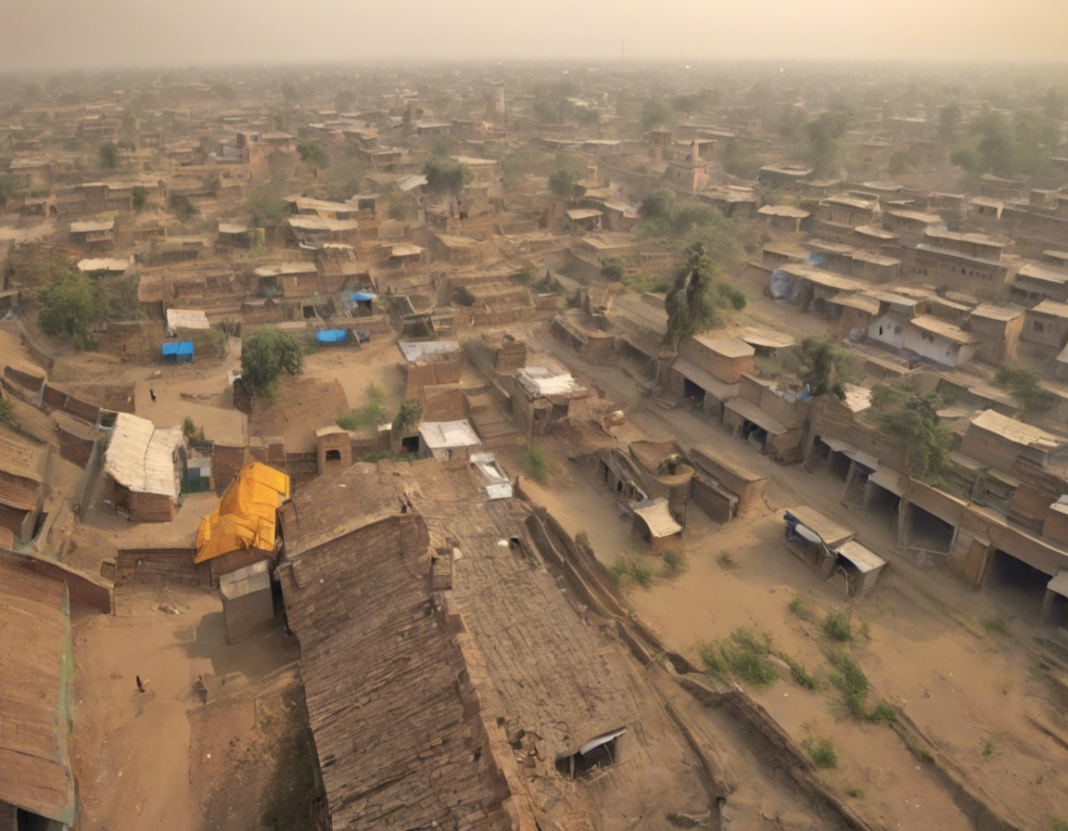Introduction
From centuries past, human beings have been fascinated by the celestial bodies that adorn the night sky. Stars, moons, planets, and comets have all captured human imagination, sparking stories, myths, and scientific inquiry. Among these celestial wonders, the moon has held a special place in cultures around the world.
In the Indian subcontinent, Chand (moon) has been an object of immense significance, deeply enmeshed in spiritual, cultural, and mythological traditions. The waxing and waning moon have been a source of wonder and inspiration for poets, astronomers, and spiritual seekers alike.
The Phases of the Moon
The moon is Earth’s only natural satellite, and it orbits our planet approximately every 27.3 days. As it travels along its elliptical path, different portions of the moon’s surface are illuminated by the sun, resulting in the different phases of the moon that we observe from Earth.
-
New Moon: The new moon occurs when the illuminated side of the moon is facing away from Earth.
-
Waxing Crescent: In the days following the new moon, a sliver of the illuminated side becomes visible, marking the waxing crescent phase.
-
First Quarter (Half Moon): When half of the moon is illuminated, we see the first quarter moon.
-
Waxing Gibbous: More than half of the moon is illuminated during the waxing gibbous phase.
-
Full Moon: The full moon occurs when the entire illuminated side of the moon is visible from Earth.
-
Waning Gibbous: Following the full moon, the visible illuminated portion begins to decrease, entering the waning gibbous phase.
-
Last Quarter (Half Moon): The opposite half of the first quarter moon is illuminated during the last quarter phase.
-
Waning Crescent: The sliver of light decreases further during the waning crescent phase until it eventually returns to the new moon.
The Significance of the Moon in Culture and Mythology
In Hindu mythology, the moon is personified as the deity Chandra, known for its beauty and gentle nature. Chandra is often depicted riding a chariot drawn by antelopes across the night sky. The moon is also associated with the deity Shiva, who bears the crescent moon on his matted hair.
In Indian astronomy, the moon plays a crucial role in determining festival dates and auspicious times for various rituals. Purnima or the full moon night is considered particularly auspicious for spiritual practices and gatherings.
The moon is also celebrated in poetry and music, with numerous songs and verses dedicated to its beauty and mystique. From classical music to popular cinema, the moon has been a recurrent motif symbolizing love, longing, and the passage of time.
Scientific Insights into the Moon
While the cultural and mythological significance of the moon is profound, modern science has unveiled much about this celestial body’s nature and composition. The moon is essentially a rocky sphere with a battered surface marked by impact craters and ancient lava flows.
Lunar phases are a result of the interplay between the sun, the moon, and the Earth, with the sun’s light creating the various shadows and illuminations we observe. The moon’s orbit around the Earth and the Earth’s orbit around the sun combine to create the intricate dance of celestial bodies that we witness from our vantage point.
The moon has also been a subject of human exploration, with manned missions landing astronauts on its surface and bringing back valuable rock samples for study. These missions have provided crucial insights into the moon’s geology, atmosphere (or lack thereof), and its potential as a base for further space exploration.
Frequently Asked Questions (FAQs)
- Why does the moon change shape?
-
The phases of the moon are a result of its position relative to the sun and Earth. As the moon orbits Earth, different portions of its illuminated side become visible to us, creating the various phases.
-
Can we live on the moon?
-
While the idea of colonizing the moon has been proposed, the lack of atmosphere, extreme temperatures, and other challenges make long-term human habitation on the moon a significant engineering feat.
-
Is there water on the moon?
-
Recent discoveries have suggested the presence of water ice in some shadowed regions of the moon, offering potential resources for future space missions.
-
How does the moon affect Earth?
-
The moon exerts gravitational forces on Earth, leading to phenomena such as tides in oceans. Its presence also stabilizes Earth’s axial tilt, which is crucial for maintaining a stable climate.
-
Can we see the moon during the day?
- Yes, the moon is visible in the daytime sky depending on its position relative to the sun. However, its brightness may be less apparent against the sunlit sky.
Conclusion
The moon continues to captivate our imaginations, blending scientific wonder with cultural significance and mythological allegory. Whether gazing at the full moon on a quiet night or contemplating the mysteries of its rocky surface from afar, the moon remains a timeless symbol of beauty, mystery, and celestial harmony. So, the next time you look up at the night sky, remember to ask yourself, “Aaj Chand Kab Nikalega?”

